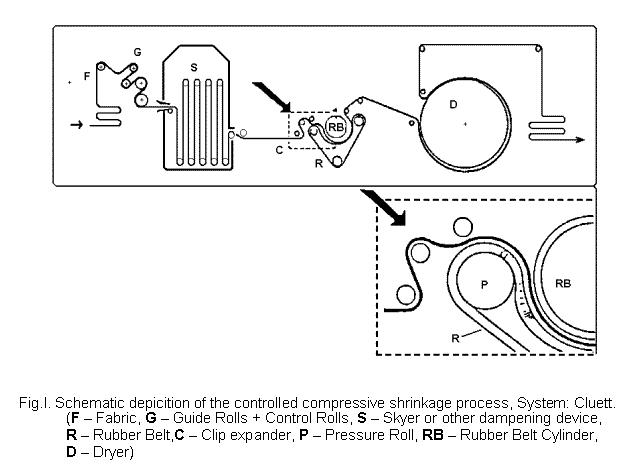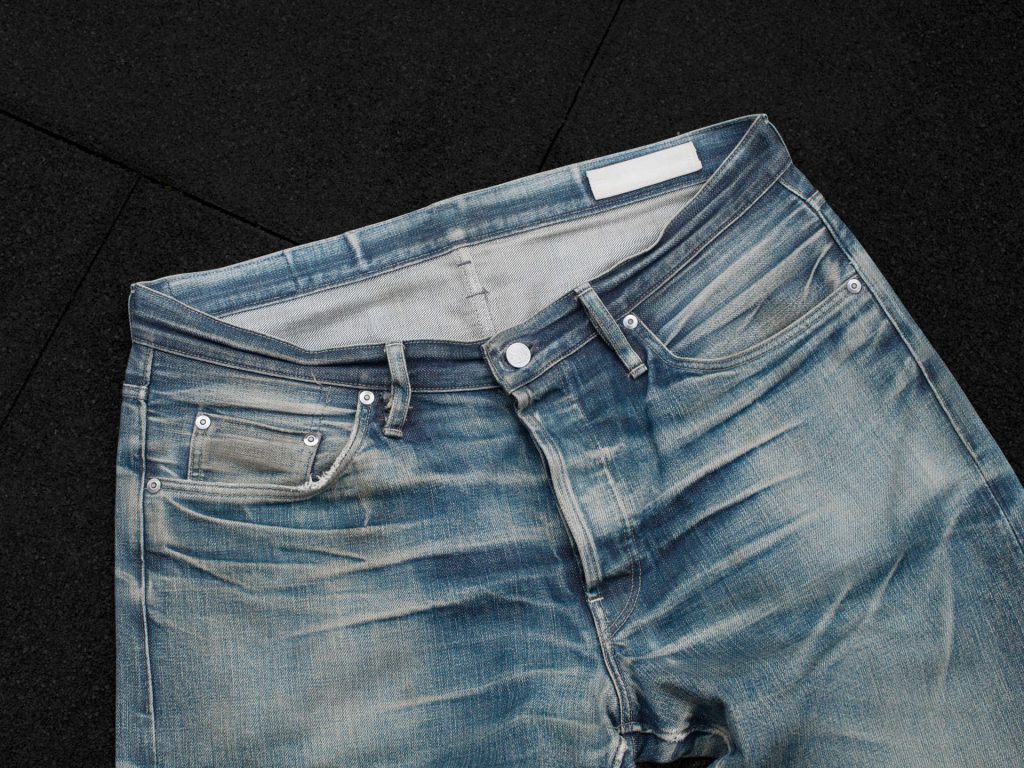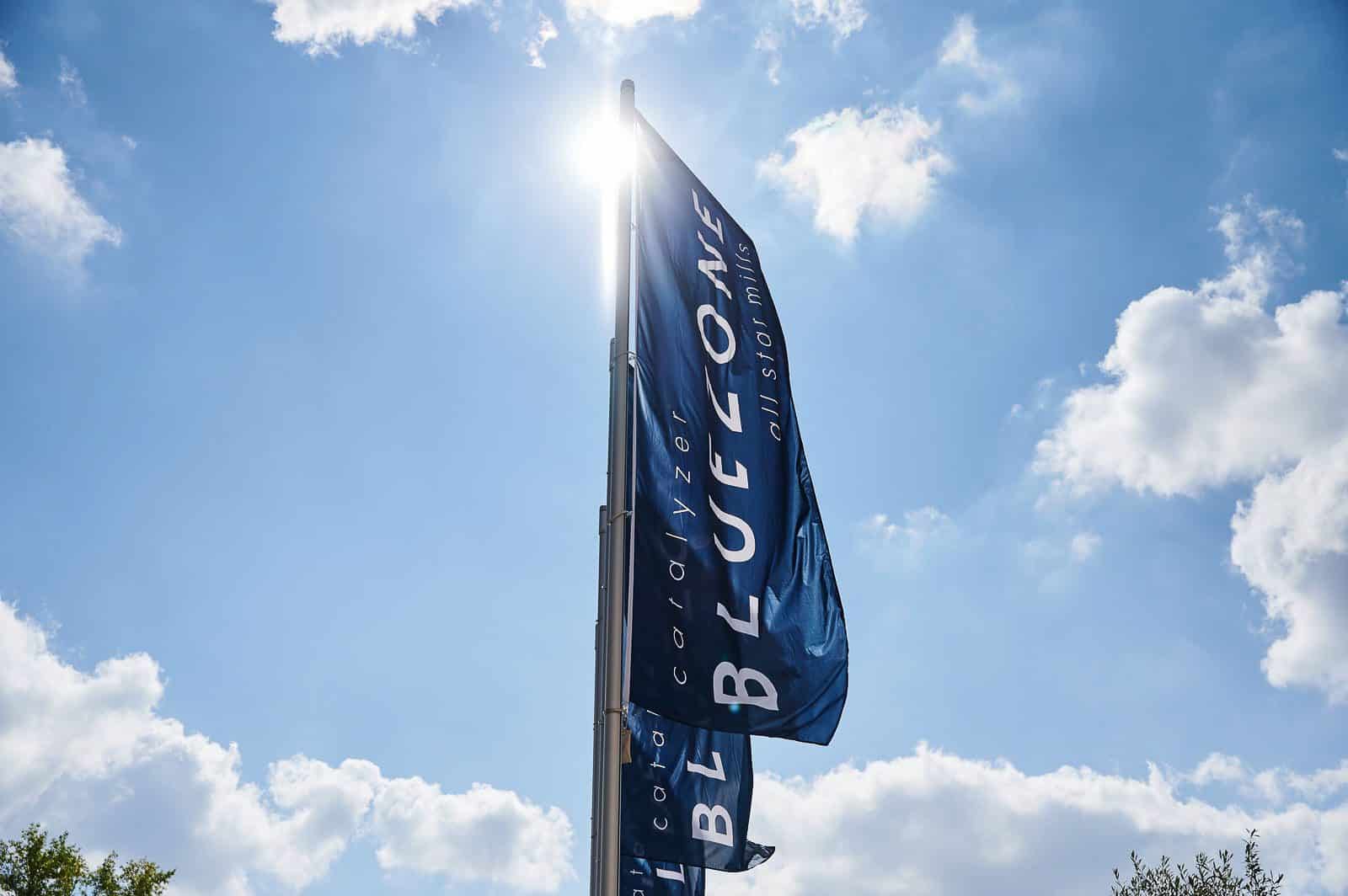Beat Your Competitors by Knowing the Answers to Your Customers’ Frequently Asked Questions
Jeans retail is becoming an increasingly competitive business. Especially if you’re in the middle ground between premium and fast fashion. It’s impossible to give consumers the same experience that niche boutiques offer. And your prices are not competitive with those of mass-market retailers.
Lowering prices is usually not a good idea. Instead, why don’t you try creating a better experience for your customers?
A good place to start is upping your game when it comes to the service and product guidance you’re offering. And that means you should be able to answer the questions your customers are asking.
I’ve compiled a list that answers four jeans FAQs that I’ve heard over and over again in retail. The four questions are:
FAQ #1: Why is the price so high?
FAQ #2: Why do some jeans shrink while others don’t?
FAQ #3: How to get the best fades?
FAQ #4: How to make jeans last?
Learning the answers to them is step one. Operationalising those answers in actual sales situations is the tough part. You want to help the customer without overloading him with information. That’s why I’ve kept the answers as short as possible.
Jeans FAQ #1: Why are some jeans so much more expensive than others?
The price of any product is determined by supply and demand. It’s basic economics; if there’s a lot of demand for a brand or a product, prices are usually high. That being said, when it comes to jeans, there’s usually also a correlation between the retail price and production costs.
[hide_from accesslevel=”free”]
… to read the rest of the article, log in with your FREE account.
[login_form redirect=”https://denimhunters.com/jeans-faqs/”]
Don’t have a FREE account yet? Sign up here!
[password_recovery_link text=”Lost Password? Click here to reset your password.”]
[logout_link text=”Logout”]
[/hide_from]
[show_to accesslevel=”free”]
That being said, when it comes to jeans, there’s usually also a correlation between the retail price and production costs.

The retail price of a pair of jeans is influenced by a number of cost factors. Some of the most important factors are the place of production, raw materials, manufacturing processes, the scale of production and not least the retail business model. More costs equal higher retail prices.
Let’s start with the place of production. It’s cheaper to produce in places like Pakistan, Bangladesh or China compared to Japan, the US or Italy, which is almost always reflected in the retail price. Raw materials don’t have as big an impact, but features like leather patches or hardware can drive up the total cost of materials.
Then there’s the actual making of the garment. Especially when the denim is woven on shuttle looms that are slower and less reliable the costs go up. And if the jeans undergo complicated finishing you’ll have that added to the calculation as well.
A common method to keep production costs down is by scaling. It’s simple economics; if you buy in bulk, you’ll be able to get a lower price per unit. And for every middleman you involve in the process you have to calculate another margin into the price. That’s why, these days, we see more vertical production companies that do everything under one roof; it gets you lower costs which mean lower retail prices, and consumer love that.
But the most important cost factor, however, is the retail business model. Apart from the obvious scale of production, the reason companies like H&M, Zara, C&A and Uniqlo can sell selvedge jeans at insanely low prices is that they don’t do wholesale.
Jeans FAQ #2: Why do some jeans shrink while others don’t?
This has to do with how denim is made.
When freshly woven denim comes off the loom—at this point it’s referred to as ‘loomstate’—it has no dimensional stability. During spinning, dyeing, and weaving, the yarns stretch in length and width as they’re under continuous tension.
If the fibres in the denim haven’t been shrunken back to their original size before you buy a pair of jeans—in other words, if they are shrink-to-fit—they will shrink up to 10% after a handful of washes. This happens as fibres relax and contract to their original length when they get in touch with water.

That’s why you should buy loomstate, or shrink-to-fit, jeans at least a couple of inches too long and just a little too big in the waist to compensate for the expected shrinkage. And that makes shopping for this kind of jeans complicated. (Read more here.)
Today, it’s easy for shoppers to get the size right with most jeans thanks to the invention of American businessman and inventor, Sanford L. Cluett. In the late 1920s, Cluett developed a mechanical compaction process for woven fabrics. He named it ‘sanforization’ after himself.

The process works like this: The fabric is fed in between two hot roll bars on top of a stretchy endless rubber belt. The fabric is first moistened, usually by steam. This lubricates the fibres and primes shrinkability. As the rubber returns to its original length once through the cylinders, the warp yarns shrink and the filling yarns are packed closer together. After the fabric leaves the rubber belt, it enters the dryer, which locks the fibres in their shrunken state as the moisture is removed.
Sanforization reduces shrinkage significantly and makes shopping for the right size of jeans a lot easier. Today, almost all of the +1 billion jeans sold annually are made from sanforized denim.
But the iconic Levi’s 501 shrink-to-fit is still a favourite for many, particularly in the US, and many heritage makers, especially those from Japan, are making their jeans from unsanforized denim.
To minimise shrinking of loomstate denim, wash in cold water and don’t tumble dry.
Jeans FAQ #3: How do I get the best fades?
I’m assuming that “best fades” equals high-contrast fades?
In that case, you need to wear your jeans a lot. And you shouldn’t wash them too often (read more about washing your jeans in this in-depth guide). Then the fade will take care of itself. It’s no more complicated than that. But it does take patience; great fades don’t come overnight.
That being said, you can better your chances of getting great fades by selecting denim that fades quicker and with higher contrast. Go for a ring-spun selvedge denim that’s made from long staple cotton and has a low yarn count, and at least a handful of dyes. Let’s look at how each production step chronologically to see how they influence the fade.

Staple length refers to the length of the cotton fibre. The longer the fibres are the more parallel you can get them in the spinning phase. Ring spinning twists the fibres more, which makes it’s the best method for parallelising the fibres. This means the indigo dye has a lower level of penetration, which makes it easier to get high-contrast fades. The higher the number of dyes the more indigo sits on the surface.
You also want the yarn count—which tells you the thickness of the yarn—to be low. The lower the number, the thicker the yarn is.
Selvedge denim is usually made using thick yarns in both warp and weft. This increases friction in joint areas, which scrapes and rubs off indigo quicker than on fabrics with higher yarn count.
Jeans FAQ #4: How do I make my jeans last longer?
If you want to make your jeans last as long as possible, you have to wash them every now and then.
Wearing your jeans a lot without washing them makes the fabric less durable. Especially with raw denim, I recommend that you wash your jeans before you start wearing them. The starch that’s left in the unwashed denim from the production process combined with the build-up of grime and dirt make the cotton fibres brittle and more likely to break. (You can read more about how to wash your jeans here.)

The fit of your jeans also impacts how long they’ll last. You can reduce the risk of rips by going for a relaxed fit that doesn’t hug your legs too tightly. The tighter the jeans are the more you’ll stretch the denim, which wears it out quicker.
Whether you’ve worn in your jeans yourself or the fades were made in a factory; there’s no getting around that worn-in and faded denim is less durable. Eventually, the jeans will start falling apart. When they do, there’s no reason to retire them. Just have them repaired! It’s good for your wallet; it’s good for the environment, and it only makes your jeans look even better.
Get Exclusive Denim Training With Your Member Account
Continue your denim education with the Denimhunters Academy.
With your member account, you can access exclusive online training, as well as all the member resources like this one.
Start learning here!
(And remember, you’ll also get all the latest updates delivered straight to your email inbox!)
[/show_to]
Share






Great information on this article.
Keep go on your good work for keeping the raw denim spirit alive
Thanks for the support, Ruedi! 🙂